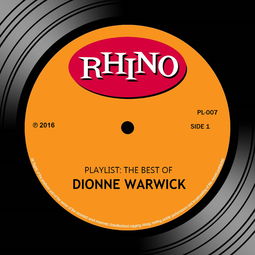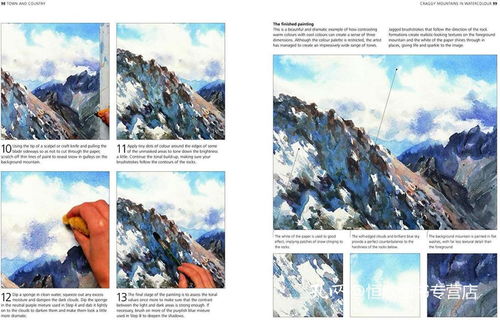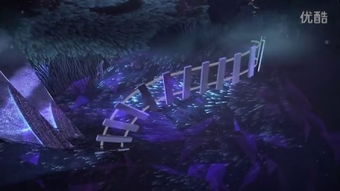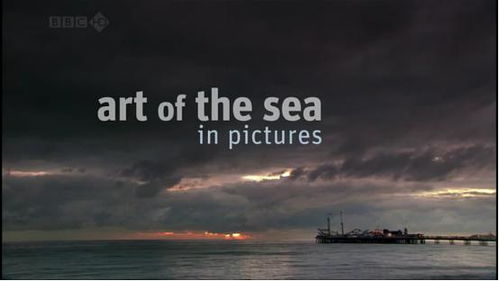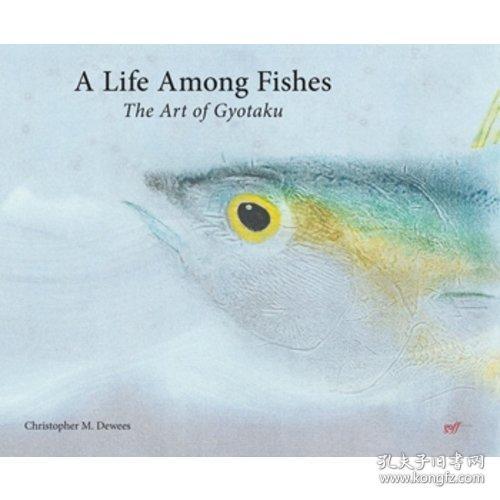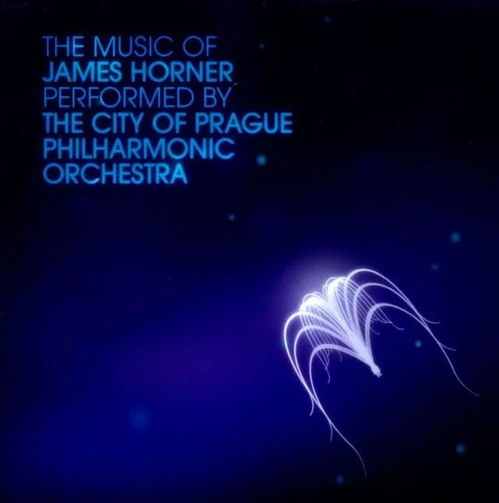Content:
Introduction: Fly fishing, an art form that combines patience, skill, and a deep connection with nature, has captivated anglers for centuries. To help beginners and seasoned anglers alike improve their technique and increase their catch, crafting effective fishing tips copy is essential. In this article, we will explore how to write engaging and informative fishing tips copy that resonates with readers and improves their angling experience.
Understand Your Audience: Before you start writing, it's crucial to understand who your audience is. Are they beginners looking to learn the basics, or experienced anglers seeking advanced techniques? Tailoring your content to their level of expertise will make your tips more relevant and valuable.
Start with a Compelling Hook: Just like a good fisherman waits for the perfect bite, your copy needs a compelling hook to grab the reader's attention. Begin with a question, a surprising fact, or a relatable anecdote that directly relates to fishing.
Example Hook: "Ever wondered why some anglers catch more fish than others? Discover the top 5 fly fishing tips that could make all the difference in your next outing!"
Use Clear and Concise Language: Fly fishing can be complex, but your copy should be straightforward and easy to understand. Avoid jargon and technical terms that might confuse readers. Instead, use simple language that clearly communicates your point.
Example Tip: "Choose the right fly for the season: In spring, opt for light, colorful patterns to attract rising fish. During summer, go darker and heavier to mimic insects on the water's surface."
Provide Step-by-Step Instructions: When giving a fishing tip, break it down into simple steps. This helps readers follow along and understand the process better.
Example Tip: "How to cast effectively:
Start with a false cast to load the line.
Hold the rod tip low and sweep it back in a smooth, arcing motion.
As the line approaches the target, stop the rod's forward motion to allow the line to fall gently onto the water."
Include Visual Aids: Visual aids such as images, infographics, or videos can greatly enhance the effectiveness of your copy. They help readers visualize the technique and make it easier to understand.
Example Visual Aid: Include a step-by-step infographic showing the proper grip, casting motion, and fly placement for a successful cast.
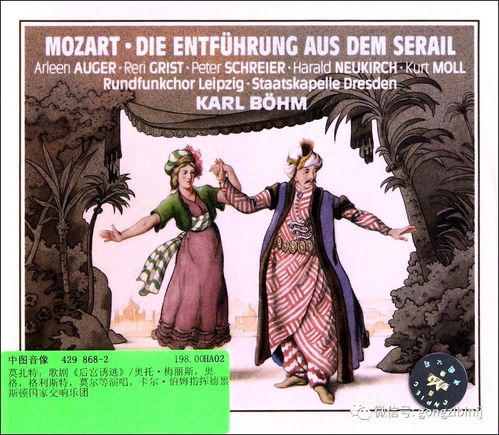
Offer Personal Experience and Insight: Share personal stories or experiences that highlight the importance of the tip you're providing. This not only adds credibility to your advice but also makes your content more relatable.
Example Insight: "As a seasoned angler, I've learned that the key to catching more fish lies in understanding the behavior of the species you're targeting. Spend time observing the water and you'll be amazed at how much it can improve your chances."
Encourage Interaction: End your tips with a call-to-action that encourages readers to interact with your content. This could be asking them to share their own tips, comment on your article, or follow your blog for more fishing advice.
Example Call-to-Action: "Have you tried any of these tips? Share your experiences in the comments below or follow us for more fishing insights and techniques!"
Keep it Updated: Regularly update your content with new tips and techniques. This keeps your readers engaged and coming back for more. Additionally, staying current with the latest fishing trends and advancements will keep your copy relevant.
Conclusion: Writing effective fishing tips copy is about engaging your audience with clear, concise, and informative content. By understanding your audience, using compelling hooks, providing step-by-step instructions, and including visual aids, you can create copy that not only educates but also inspires. Remember, the best fishing tips are those that not only increase your catch but also enhance your overall angling experience. Happy fishing!
